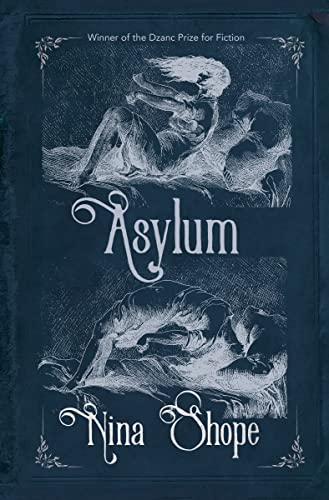Asylum
The narrator observes the “great professor” Charcot as he speaks to an enthralled audience about what he calls “a museum of living pathology” at Salpêtrière Hospital. She joins other examples of neurological pathologies—Parkinson’s disease, epilepsy, hysteria—on the stage. She is the hysteric Augustine.
Jean-Martin Charcot is credited with being the founder of modern neurology. He made use of photographs, hypnosis, and “grand demonstrations” to characterize disorders that were not well understood in the late 1800s. Louise Augustine Gleizes was the most public of Charcot’s subjects. She was admitted to Salpêtrière Hospital at the age of 14 after being molested at age 10 and raped by her mother’s lover at age 13. She was hypnotized and photographed by Charcot exhibiting uncontrolled emotions, contortions, and sexual aggressiveness.
Author Shope relies on the scholarly work of Georges Didi-Huberman (and its English translation by Alisa Hartz) which chronicles Charcot’s photographic studies as well as actual treatments of patients at Salpêtrière. The research makes the narrative all the more chilling. Written from Augustine’s perspective, vignettes reflect what little was known about hysteria and the experimental methods of dealing with it at the time. Readers see what Augustine sees, feel what she feels, view treatments as she herself views them—from the inside out. Beautiful and poignant, yet deeply disturbing.










